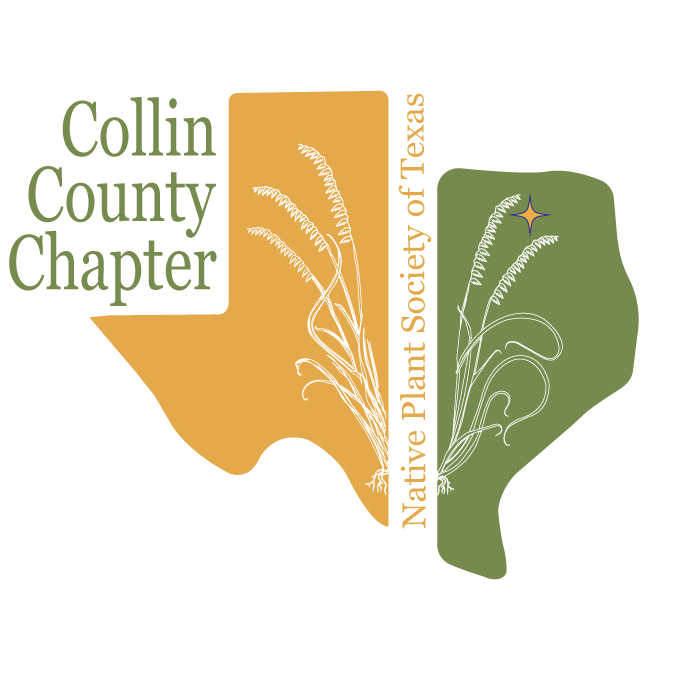July 10, 2023 @ 6:45 pm – 8:30 pm
Site of the former World War II Camp Wallace, the acreage is being steadily restored to coastal prairie, bringing its 925 acres under active management. Two hundred acres are being mowed, spot treated with herbicide, and undergoing prescribed burning. This presentation focuses on the special challenges of restoring coastal prairie heavily invaded by woody brush and also summarizes current and planned initiatives. The use of historical documents helps prioritize plans, and the use of multiple approaches.
About the Speaker
Evelyn L. Merz has been the Program Director of the University of Houston Coastal Center in La Marque, Texas, since 2019. Evelyn initiated the concept of designating the UHCC as the Texas Institute for Coastal Prairie Research and Education (TICPRE) and was an active participant in the successful effort for the Texas Legislature to do so in 2017. At UHCC, she is responsible for planning and coordinating restoration activities, community outreach, and assisting with development activities that will further the mission of UHCC and TICPRE. Previously, Evelyn worked in the oil and gas industry and has been active as a volunteer in conservation issues including flood control planning, public lands, and non-game wildlife. She received a B.S. in biological sciences at University of New Orleans and an M.B.A. from University of Houston.
Register in advance for this meeting.
After registering, you will receive a confirmation email containing information about joining the meeting.
This is a FREE EVENT, but please register to join the meeting and participate in the Q&A. This meeting may also be live streamed on our Facebook page.
Meetings are open to members and non-members. If you would like to become a member, you may join online. For more information about the Native Plant Society of Texas and the benefits of membership please visit: www.npsot.org.
Hosted by the Environmental Institute of Houston, University of Houston-Clear Lake
Related Events
-
No Chapter Meeting
January 2 @ 6:30 pm






